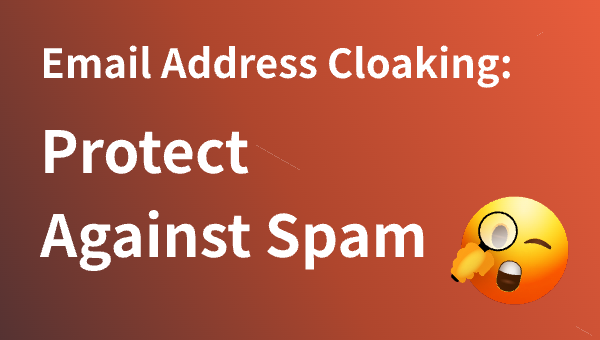Email Address Cloaking: Protect Against Spam
Introduction: The Rise of Email Address Cloaking
Email addresses are among the most valuable — and vulnerable — pieces of personal data online. As digital marketers and website owners face a growing wave of spam bots, data scrapers, and phishing attacks, email address cloaking has emerged as a crucial security tactic. In simple terms, email cloaking masks or hides your email address from automated harvesting tools, while still allowing legitimate users to contact you. But how does it work, and how can you apply similar cloaking strategies to your affiliate or advertising campaigns? Let’s dive in.
How Does Email Address Cloaking Work?
Email cloaking typically involves:
Encoding email addresses in JavaScript
Using dynamic scripts to display the email only after user interaction
Encrypting addresses in the database
Applying CAPTCHA or other human-verification steps
By doing so, you make it extremely difficult for scraping bots to collect your contact details, while preserving legitimate communications.
Benefits of Email Address Cloaking
✅ Spam prevention: The most direct benefit is a significant reduction in spam emails.
✅ Phishing protection: Makes it harder for criminals to target your addresses for social engineering.
✅ Data security: Reduces leaks of personal or business contacts.
✅ Professionalism: Shows that you take data privacy seriously.
Risks or Drawbacks
Improperly implemented cloaking may break contact forms or emails.
If too complex, it may confuse legitimate users.
Some advanced bots can still defeat simple obfuscation methods.
That’s why integrating enterprise-level cloaking, like what adcloaking.com promotes for advertising, is a valuable mindset even in email security.
Best Practices
Use robust scripts rather than static encoding
Regularly test that users can still reach you
Combine cloaking with verification (like CAPTCHA)
Keep up with the latest bot harvesting trends
Conclusion
Email cloaking is no longer optional in a spam-ridden digital world. As with affiliate link cloaking, protecting your critical data is essential for long-term success. For advanced cloaking inspiration and tools that help secure your entire online presence, be sure to visit adcloaking.com.

